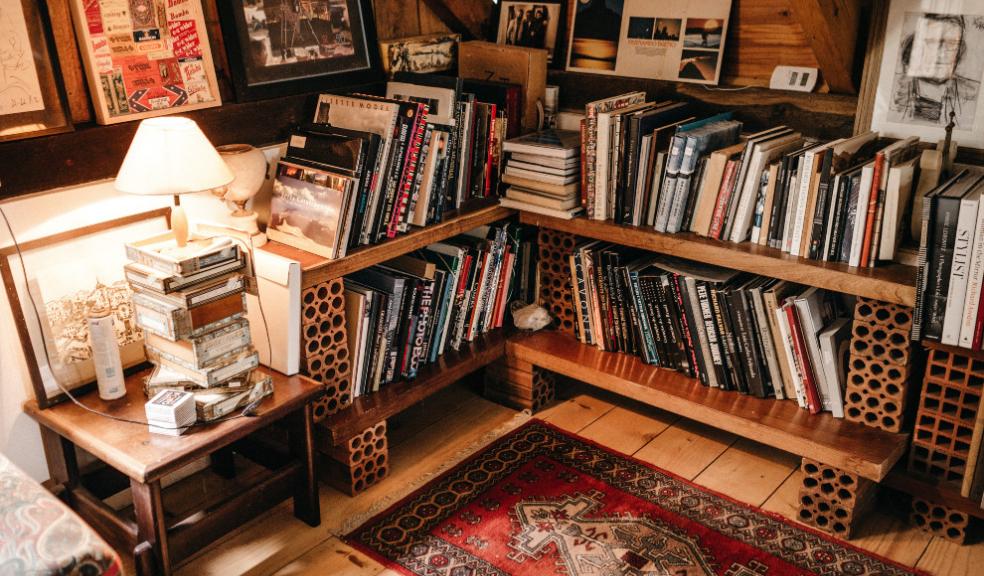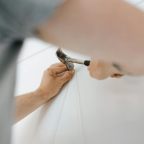
Second hand furniture is greener than new
With the UK on an ambitious path towards net-zero carbon emissions by 2050, a survey from online auction marketplace Auction Technology Group (ATG) has revealed that more needs to be done to raise awareness of the environmental impact of disposable 'fast-furniture'.
The poll found that while 82% of respondents do consider sustainability in some way when making a purchase, 45% are completely unaware that buying a new piece of furniture produces a higher carbon footprint than buying preloved or second-hand. When in fact, buying a new chest of drawers results in a carbon footprint 16 times higher than buying its classic antique equivalent.
Almost a third of those surveyed (28%) believed that there was little to no difference in the carbon footprint of a new versus an old chest of drawers, with a further 17% believing that a new chest of drawers has a lower carbon footprint.
John-Paul Savant, CEO, ATG, commented on the gap in awareness: "We are being told about the environmental impact that humans have on the planet like never before, leading many people to rethink the way they use and recycle goods. Yet, despite its high carbon footprint, furniture is not given the same level of attention as other 'fast' goods such as food and fashion. We want to change this.
"As a country, we throw away an estimated 1.6m tonnes of bulky waste and furniture every year. So there is still a lot of work to do to educate consumers about how their purchasing decisions – from fashion and food to furniture – impact the environment. And of course, buying second-hand or vintage is usually better for our wallets, too, as there are fabulous deals to be had," Savant added.
Although awareness of the sustainability of second-hand furniture is low, the research from ATG found that 40% of respondents do buy second-hand items at least once a month and that the biggest motive is to find a bargain (43%). Encouragingly, the most popular second-hand purchase after clothes was found to be furniture (54%).
Furthermore, the Office for National Statistics has recently found that retail sales are being lifted by a growing demand for antique furniture and second-hand clothes, with signs that much of the rise is being driven by items sold through auctions and antiques dealing.
"This tells us that Brits have a healthy appetite for buying second-hand when the opportunity presents itself, which is good news," Savant continued. "Auctions are gaining in popularity as an option for buyers, many of whom are comfortable buying 'vintage' items and are savvy to the choice available at auction online and the fact that older 'slow furniture' was built to last. With the right information about the environmental benefits, too, that trend is only set to continue."













